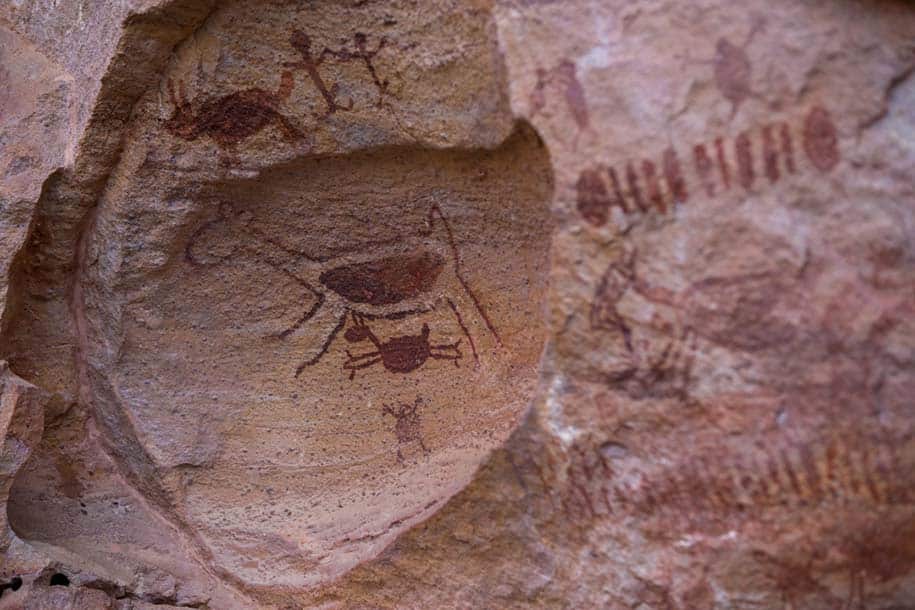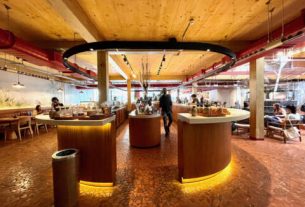“In Pedra Furada, below a place where there were paintings, we excavated trying to find marks of red ochre, pieces of walls with fallen paintings. We arrived at dates of 26 thousand years”, says Niède Guidon when referring to the excavations in Serra da Capivara. An unexpected number even for her – and enough to change the life of our character in this edition of Vozes.
Science, like all areas, is full of incredible women. And some of them have jobs that are extremely important for society. This is the case of this Brazilian archaeologist, born in a small town in São Paulo. Niède Guidon is called a “jaguar” by her friends – and has faced colonels and even a large part of the scientific community to defend what she believes.
Archaeologist Niède Guidon. Photo: FUMDHAM collection
This is not the first time that Dr. Niède appears on 360meridianos. In March 2019, she gave an interview to Rafael Sette Câmara, within Origens Br, which aims to rescue Brazil’s past, the period before the colonizers arrived here. Origens Br will pass through eight Brazilian states and is sponsored by Seguros Promo and Passagens Promo. Still don’t know the project? So connect here.
Do you want to see a video about our trip to Serra da Capivara? Play!
“I spend the present looking for the past.”
This ideal took Niède to São Raimundo Nonato, a place that had everything to be just another small town lost in the corners of Piauí, but which today even has an archeology faculty, on a campus named after the region’s greatest wealth, the Serra from Capybara.
The idea of transforming the site – and counting on the population to do so – began way back when, at the beginning of archaeological research in the region. “Since I arrived here, I started working with the people here, who were my guides. Then, when the excavations began, I taught them how to dig. They worked on the excavations, and when I came, it was always these people from here who were with us. We have always done this, we tried to train them so that they could develop”. Anyone who reads this sentence has no idea that the relationship between archeology and São Raimundo Nonato began somewhat by chance, as Niède says.
Do you want to know more about Serra da Capivara?
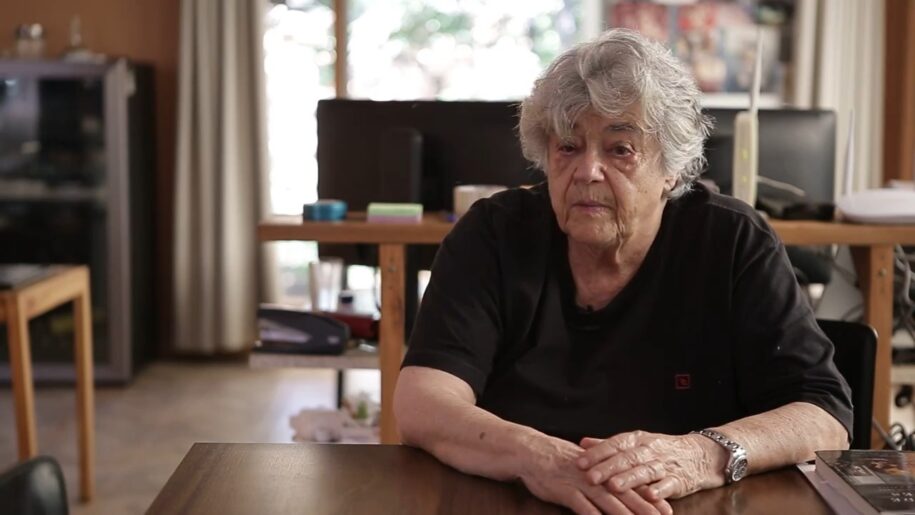 Archaeologist Niéde Guidon in an interview with Rafael Sette Câmara and Fellipe Abreu, in 2019
Archaeologist Niéde Guidon in an interview with Rafael Sette Câmara and Fellipe Abreu, in 2019
The first time she heard about the archaeological sites in the interior of Piauí was in 1963, while she was still working at USP, at the Ipiranga Museum. She had organized an exhibition about cave paintings in Brazil. But let’s let Niède herself tell this story: “A person who went to visit asked to speak to the person in charge, they called me and then he showed me some photos and said: ‘Look, near my city, in the south of Piauí, there are also these drawings of Indians’”. That was enough to pique the archaeologist’s curiosity.
Despite this, the first visit only took place seven years later, in 1970. In the couple of days she stayed there, she visited 55 sites, photographed everything and took it to France, where she was living at the time. There, she managed to get the French government to finance a mission for her and some of her students at a French university, for two months, in Serra da Capivara. The result was so pleasing that the mission became permanent.
In Serra da Capivara, in addition to the remains of bonfires and signs of human presence from thousands of years ago, Niède also collected many controversies – and some turned-up noses. With the dating of the material found there, many things in the main theory for the peopling of the Americas were questioned.
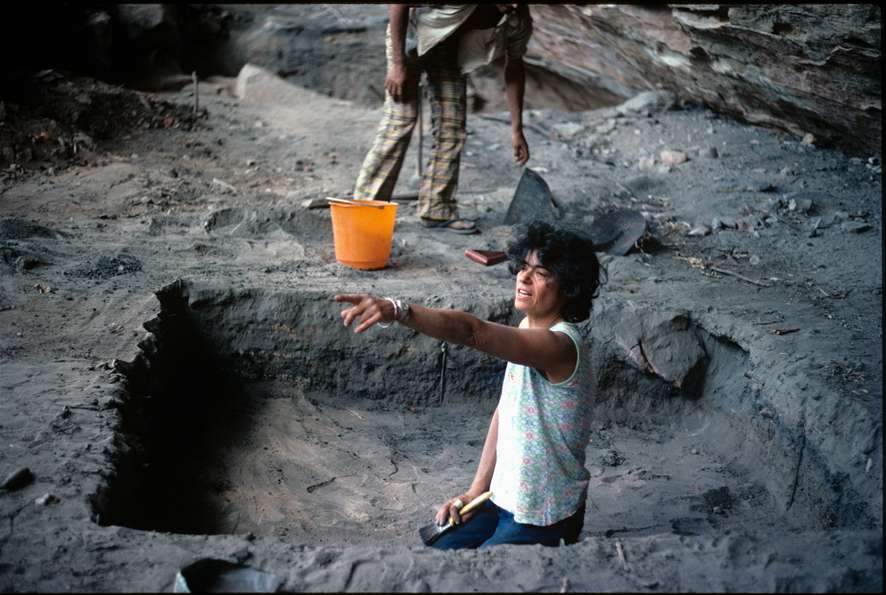 Niède Guidon during archaeological excavations in Serra da Capivara – Photo: FUMDAHM collection
Niède Guidon during archaeological excavations in Serra da Capivara – Photo: FUMDAHM collection
But as we don’t want to cause confusion here, if you want to know more about this whole story, read our text on the subject. In this text, it is worth saying that the researcher’s work and conclusions – even under heavy lead from other scientists – led to the creation of the Serra da Capivara National Park, in 1979. In 1991, Serra da Capivara was declared a World Heritage Site by UNESCO.
FUMDHAM (Museum of American Man Foundation) was created by Niède, who is currently President Emeritus of the institution. The body’s objective is to guarantee the preservation of this cultural and natural heritage – FUMDHAM manages the Conservation Unit together with ICMBio. In 2020, the federal government announced its interest in handing over the administration of the Serra da Capivara National Park to the private sector.
The National Park has an area of 130 thousand hectares, where more than 1300 archaeological sites are concentrated. This makes this the territory with the largest number of archaeological sites in the Americas.
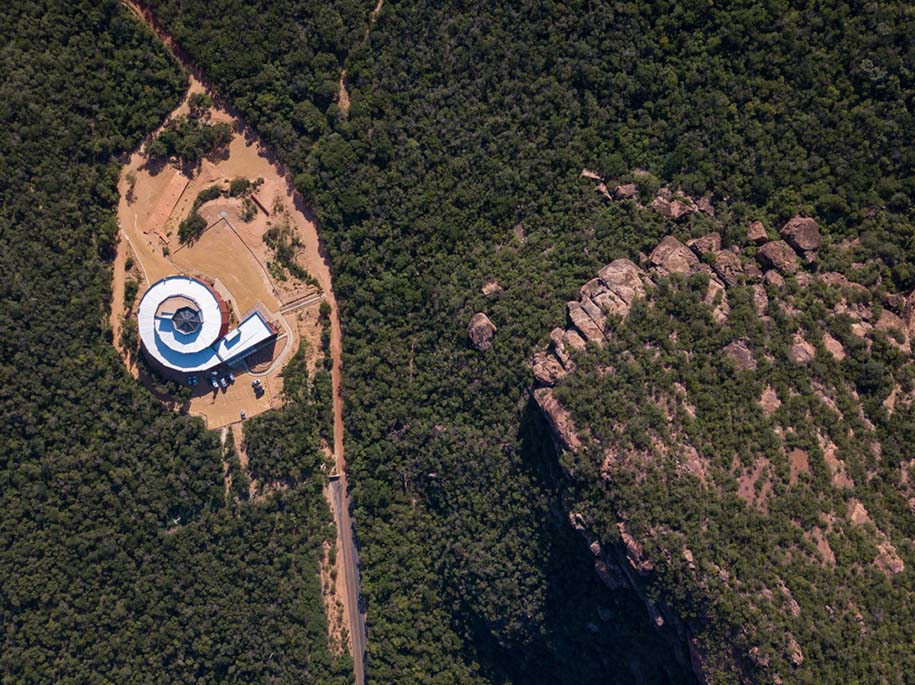 Aerial view of the Museum in Serra da Capivara. Photo- Fellipe Abreu
Aerial view of the Museum in Serra da Capivara. Photo- Fellipe Abreu
Niède Guidon, the Museum of American Man, Museum of Nature and the preservation of Serra da Capivara
“I open the Nature Museum and go to rest”. Almost three years after this declaration, the bags are still not packed, but the feeling of duty accomplished (or almost) is still there, firm and strong. At 87 years old, Niède swears that she is ready to pass the baton to younger people and, finally, enjoy retirement. It will be?
Niède has lived in São Raimundo Nonato since the 1990s – she moved there after retiring from the French university where she worked. And there was so much work, so many excavations, that São Raimundo Nonato gained two world-class museums. The newest of them is the Nature Museum, opened at the end of 2018. Located in the municipality of Coronel José Dias, neighboring city of São Raimundo Nonato, MuNa has already registered the presence of thousands of visitors.
The museum’s collection teaches, in a very playful way, that the hinterland was once the sea. Or as Niède says: “it shows the visitor how the region was formed, all the tectonic movements, all the different climatic periods”. MuNA stores the paleontological discoveries of Serra da Capivara, that is, the fossils of animals that lived there thousands of years ago, some of which are currently extinct.
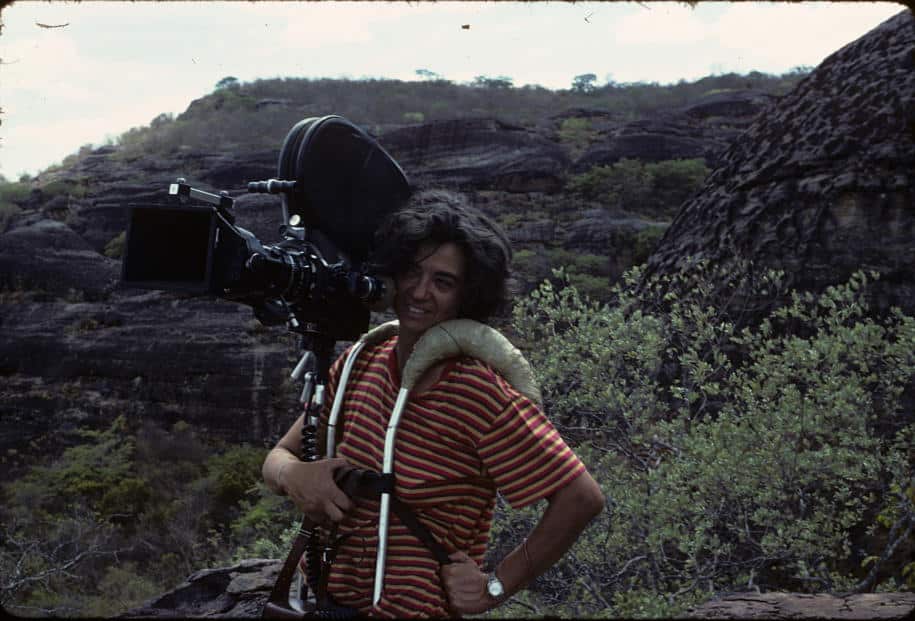 Archaeologist Niède Guidon during excavations in Serra da Capivara. Photo: FUMDAM archive
Archaeologist Niède Guidon during excavations in Serra da Capivara. Photo: FUMDAM archive
Several objects that are now at MuNa came from the first museum built in the region, the Museum of American Man, whose collection, after decades of excavations, became very large, leading to the dismemberment.
Today, if MuNa is dedicated to nature and the animals that lived in Serra da Capivara, the Museum of American Man does exactly what the name suggests: it keeps fossils of the human beings who lived there and retells the history of the occupation of this part of Piauí .
During all these years, the Museum of American Man Foundation has gone through several financial crises and seeks tourism as a way to promote the region and bring development. There are more than 350 km of roads within the National Park and thousands of years of history that need to be preserved.
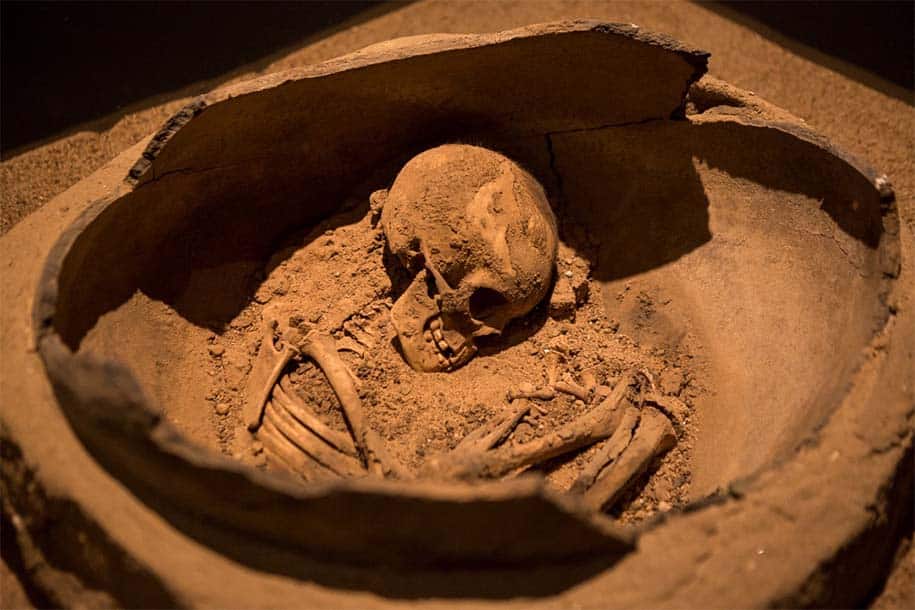 Skeleton found during excavations in Serra da Capivara. Photo: Fellipe Abreu
Skeleton found during excavations in Serra da Capivara. Photo: Fellipe Abreu
How to do this? With money, of course. But money has been scarce there (and has been for a long time). For Niède, this is largely due to the population’s lack of interest in the history of Brazil and its preservation. Which is nonsense, as she makes a point of reminding us: “tourism is a way of bringing resources to a country”.
When asked, Niède always says that the 20 thousand visitors that the Park receives per year represent a number far below what it really should be. And although today there is an airport in the region, built after a lot of work and pressure from FUMDHAM, it is still not operating. As a result, the closest airport, with commercial flights, is in Petrolina, a four-hour drive from the Park, which further alienates tourists.
Did you like Niède’s work and want to know more about Serra da Capivara, the Museum of American Man and the Museum of Nature? How about keeping an eye on their websites?
Let’s follow along:
Site
Facebook –Nature Museum
Instagram – Museum of Nature
The Voices
Vozes was a special newsletter, sent every fortnight, where we told stories of extraordinary people and projects, who use the world of travel to transform the world. From time to time, content is published here on the blog as well.
The production of new reports for Vozes was interrupted during the pandemic, but our newsletter remains full of information and news.
If you want to follow what we’ve already done:
Sign up for our newsletter

Sign up for our newsletter and stay up to date with exclusive news
that can transform your routine!
Warning: Undefined array key "title" in /home/storelat/public_html/wp-content/plugins/link-whisper-premium/templates/frontend/related-posts.php on line 12
Warning: Undefined array key "title_tag" in /home/storelat/public_html/wp-content/plugins/link-whisper-premium/templates/frontend/related-posts.php on line 13

